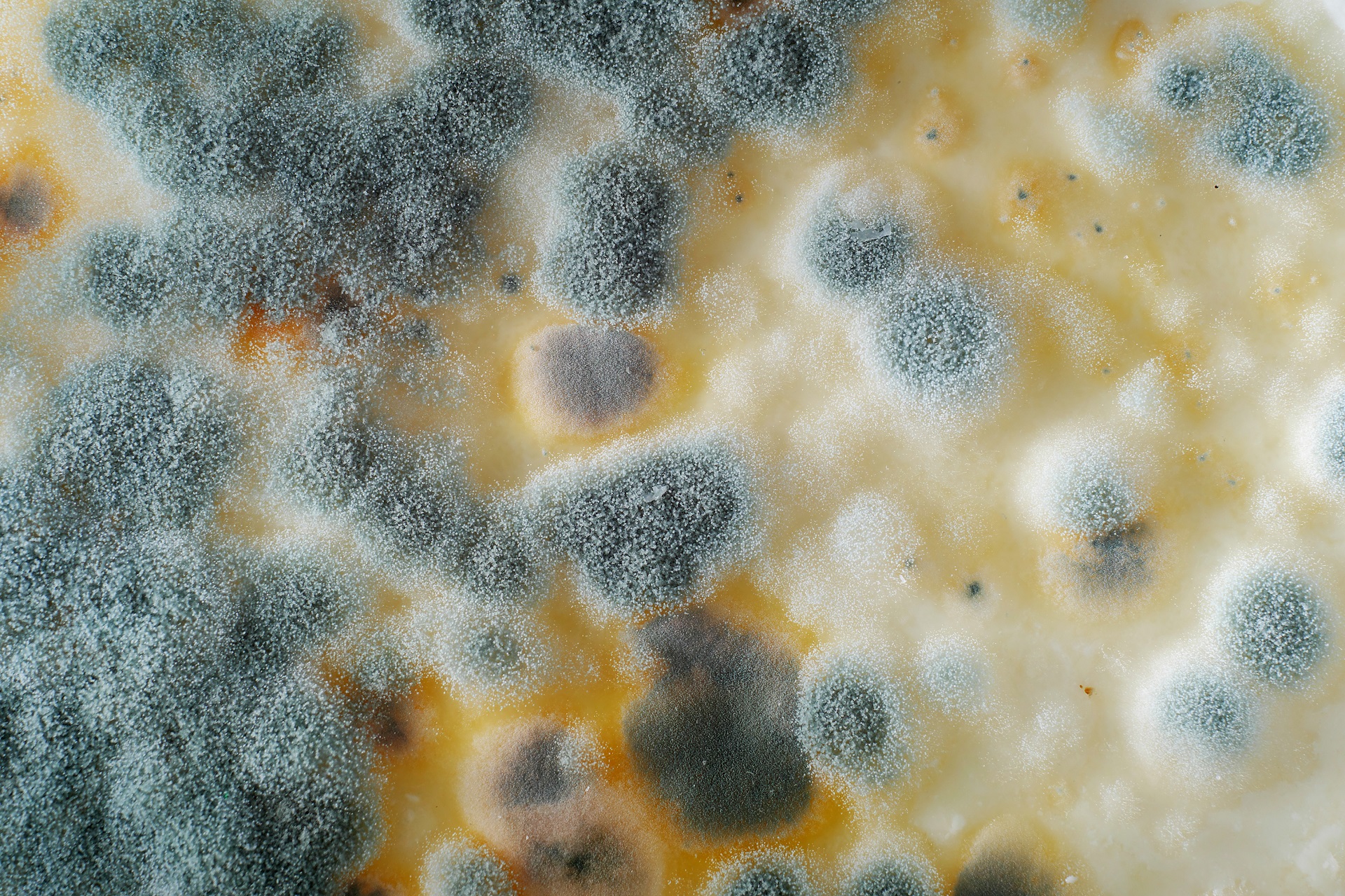Animal Feed Additives

Feed Conservatives
Moulds are ubiquitous and unavoidable contaminants in all animal feeds. Virtually, all animal feeds contain moulds and viable mould spores, which continue to pose a threat to grain quality.
Moulds are fungi, which are distinguished by the formation of mycelium (a network of filaments or threads) or by spore masses. Conditions that favour moulds include moisture levels higher than 12 percent, warm temperatures, the presence of oxygen and prolonged storage time.
Many moulds are toxigenic and produce mycotoxins, a secondary metabolite, created by moulds that is toxic to organisms other than the mould itself. The growth of moulds and production of mycotoxins by these moulds in feed ingredients can cause significant economic losses. They consume valuable feed nutrients, such as vitamins and amino acids, and they convert energy into water and CO2 and can cause temperature increase as a result of their carbohydrate metabolism (see below)
C6H12O6 + 6 O2 =>6 CO2 + 6 H2O + Heat
Mould growth depletes the nutrient density and affects feed palatability and consequently decreases feed intake. Moulds cause lipid oxidation and pigment deterioration and are detrimental to animal health, performance and reproduction. The most frequently found mycotoxins are aflatoxins and ochratoxin produced by Aspergillus, the latter are also produced by Penicillium, and zearalenone and trichothecenes produced by Fusarium moulds.
The substance which has a function to suppress generation of molds is called mold inhibitor.
The organic acid-based solutions are used to improve the feed safety of compound feed, feed ingredients and agro-industrial by-products by protecting against the growth of moulds/yeast and bacteria.
Animal feed, feedstuffs and freshly harvested grains are susceptible to mould growth.
Products
Calprona CP
Calprona CP prevents spoilage and recontamination of animal feed, improves the digestibility of the feed (resulting in higher feed efficiency) and acts as an additional source of minerals and energy.
Calprona CP can be added directly to animal feed in the dry form or it can be dissolved in water before application. It has a very pure form that dissolves easily.
Calprona CP makes sure that the nutritional content of the feed product is preserved, extending the period that the feed product can be used. By preventing growth of molds, it also prevents the formation of mycotoxins which can cause mycotoxicosis.
Lastly, Calprona CP is also a source of energy and calcium and helps to prevent milk fever in transition cows.

